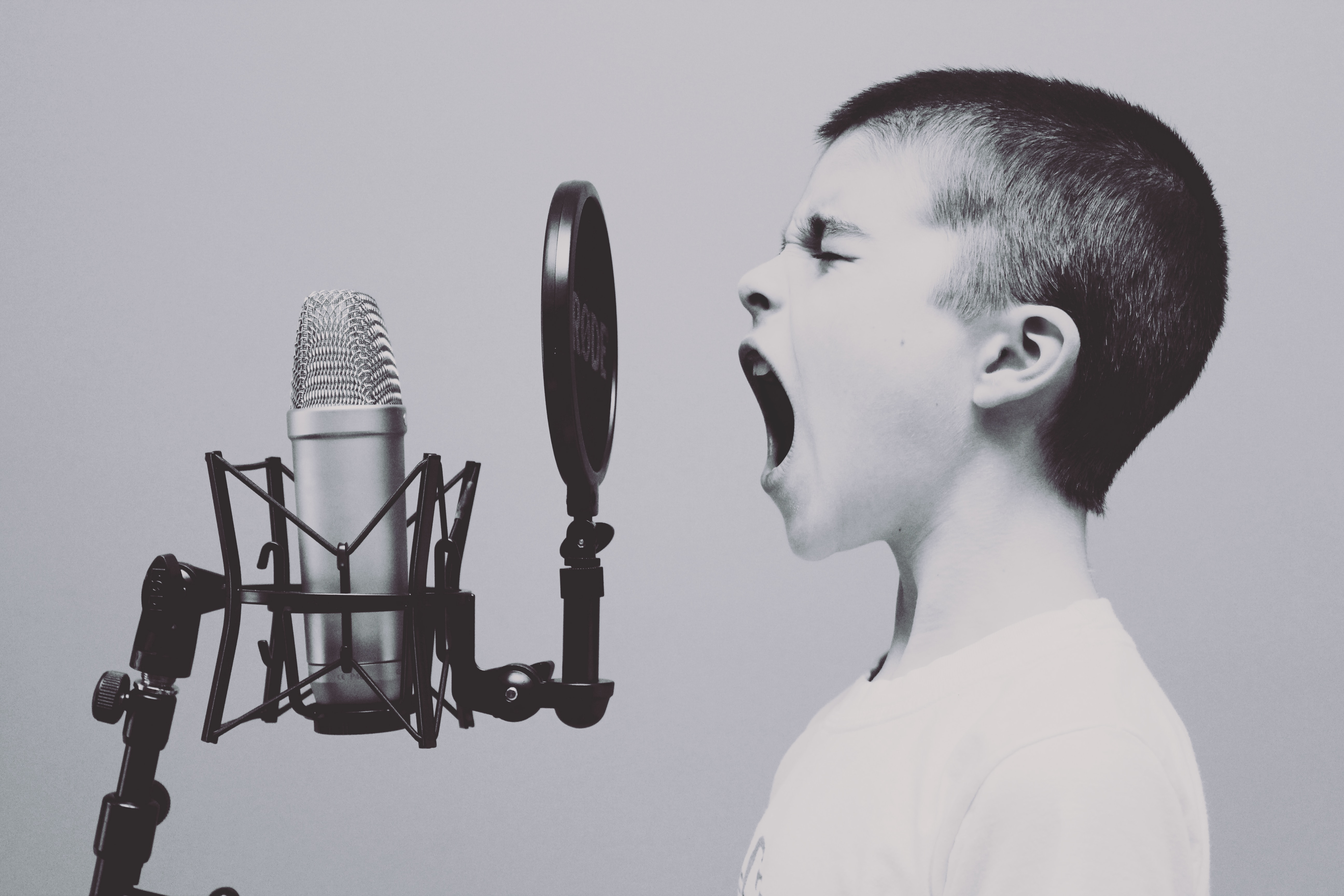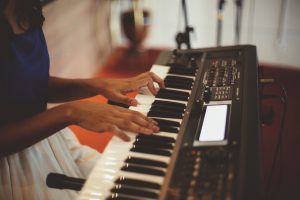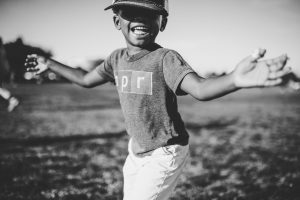
December 16, 2019, by Rupert Knight
Building confidence in using music in primary schools
Music both calms and invigorates the primary classroom. It adds order, injects a sense of freedom from the rest of the curriculum and stimulates the child’s creativity.
In this blog, Liam Maloy from the Department of Culture, Media and Visual Studies at the University of Nottingham, reflects on his experiences of music and primary education.
After 20 years of teaching Higher Education students to play music and to understand the hows and whys of genres, artists and recordings, I now spend a good deal of time using music in primary classrooms. I leave the joys of routine instrumental teaching to my peripatetic colleagues and focus on how music can enhance other subjects as well as being fun and useful in itself. I’ll share a little about how I use singing, song writing, percussion and listening in my sessions.

Working with schools
As an Associate Artist with the Primary Six Partnership (P6P) I work with local schools to enthuse the children about Shakespeare. This generally involves exploring themes, characters and scenes through singing games, percussion exercises and spontaneous song writing. The model changes slightly each year. I compose songs and incidental music for final productions at the Theatre Royal and elsewhere and rehearse cross-school choirs. Mostly, the schools embedded the play into other work they do in drama, art and literacy, so they often have some knowledge before I get there.
Music is a great way for the child to begin processing complex and sometime contradictory ideas. The social setting of the classroom and the opportunity to explore topics and emotions through song writing helps.
Shakespeare themes can often be challenging. I’m currently preparing to deliver sessions on The Merchant of Venice. The play focusses on anti-Semitism, broken promises, revenge and impeding bodily harm (Shylock really wants his pound of Antonio’s flesh!). I will always check what the class knows at the start of the session: ‘So who knows what happens at the end of Romeo and Juliet?’ I asked a KS1 class last year. ‘They both kill themselves’ came the reply. They were more upset by the kissing than the double suicide. We’ve done Macbeth (murder, witches, ambition) and The Tempest (drunkenness, slavery, more romance). I always get even the Foundation children to sing and play in Shakespeare’s iambic pentameter. Some examples: Macbeth witches song; Romeo & Juliet song; The Tempest P6P Production.
I’ve also used music as part of local history topics. In the ‘Museum of our Streets’ (MOOS) project, I got the children to use the research they had done on the old industries, schools and life of Lenton and Radford to write verses in the first person, as if they were historical children. I got the classes to choose the tempo, time signature and instrumentation of the songs we wrote. Setting their lyrics about children’s lives from 100-or-so years ago (working in the Players cigarette factory for example) to pop and hip-hop beats brought the topic to life for them. They all had a go at singing and rapping on the mic. They wrote the verses in small groups. Again, some examples: MOOS song 1; MOOS song 2.
Depending on age and ability, I expand or contract my scaffolding of what might seem like an overwhelming task. I impose limitations: write four or eight line verses; use the same or similar numbers of syllables in each line; use particular rhyme schemes and metres; incorporate metaphor, alliteration and other devices.

Working with beginning teachers
At the University of Nottingham, I work with primary teachers to help them embed music in their classes. To a large part, the workshops involve me doing a commentary drive through a typical session that I would do with children. As well as giving participants some practical activities, I explain the benefits that songs, rhyme games, or rhythm tasks might have on classroom behaviour, mood, creativity and other subjects.
I also deliver sessions at the School of Education’s Mental Health and Wellbeing days. Singing, playing instruments and expressing yourself through song writing helps adults too. I’ve been training the Beeston Mums Choir for some Christmas concerts. The women often have tiny babies and toddlers in their arms. The vibrations of the mums’ bodies and in the air as the melodies and harmonies fill the room calms and focusses the children.
I hope this inspires you to use songs and singing in your classroom. Everyone can sing (no, really!), so just breathe deep (through your nose) and let the music flow.
Advice for your classroom:
• Sing often. Singing helps children to breath and stand properly. It gets them contributing to a whole-class task and has many other therapeutic benefits. Some teachers use short songs to accompany routine tasks such as getting coats on and off, lining up for breaks and taking the register. Singing should be a normal thing for children. Routine and regular. Cuts in music provision have meant that choirs and instrumental lessons are often seen an exceptional extra rather than an everyday occurrence. You can sing. Be brave. Switch off your inner critic and have a go.
• Listen to music in class. This can involve the passive listening of background music to set the mood. It could also involve active listening in which children unpick the song for musical and sonic features in a similar way that when they critically analyse poems and literary texts.
• Trust the children’s (and your) creativity. I’m often impressed at how quickly children can create ideas and parts for songs. I do Shakespeare and general music sessions with children with additional needs. After my recent group had chosen their topic (holidays), written their verses (mostly about food!) and created a melody around some generic chords, I asked one of the children to create a chorus on the spot, which he did really well. His Asperger’s helped him to nail a task that others might have struggled with. It’s the process that’s important. While the song or performance may or may not get finished, it’s (usually!) the taking part that matters.
Links to resources
• BBC: Nursery songs and Primary Music
• TES: Liam Maloy Music
• James Rhodes’ article on resources: 10 resources for teaching music
• Sing Up website: Sing Up
• British Council: F2/KS1

Your blog post was inspiring
It really got me trying
To make a song that I could sing
To try it out in a blink
I’ll use it with my kids tomorrow
to see if it brings them joy or sorrow 🙂
If only we could communicate like that. Thank you for the post, just seemed apt to try the it right away. Music and Kinesthetic movement through dance is something that works so well with FS for structure and routine tasks, however, I really want to try running topics with making songs and building on vocabulary around that. Thank you again for the wonderful ideas and examples as well.